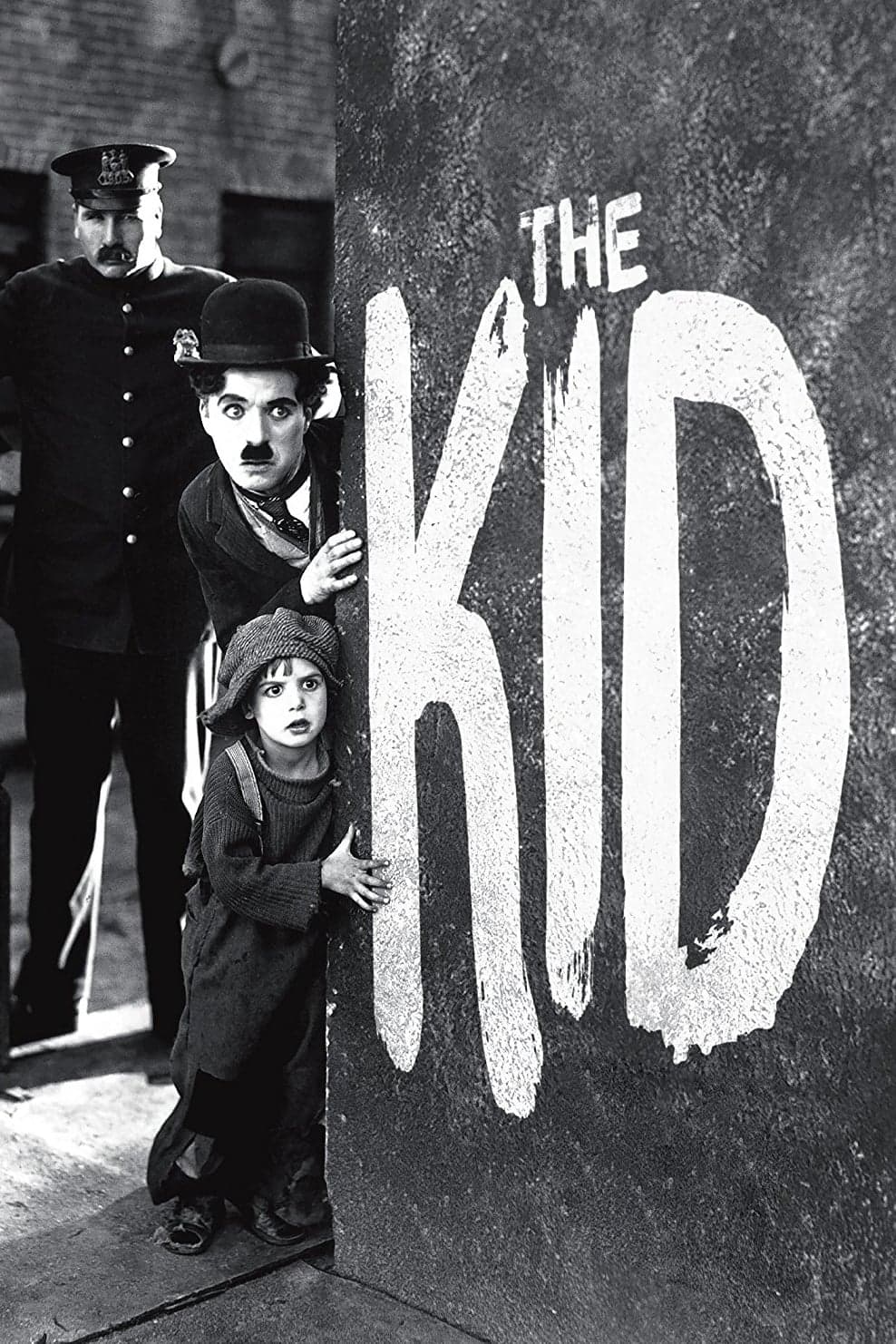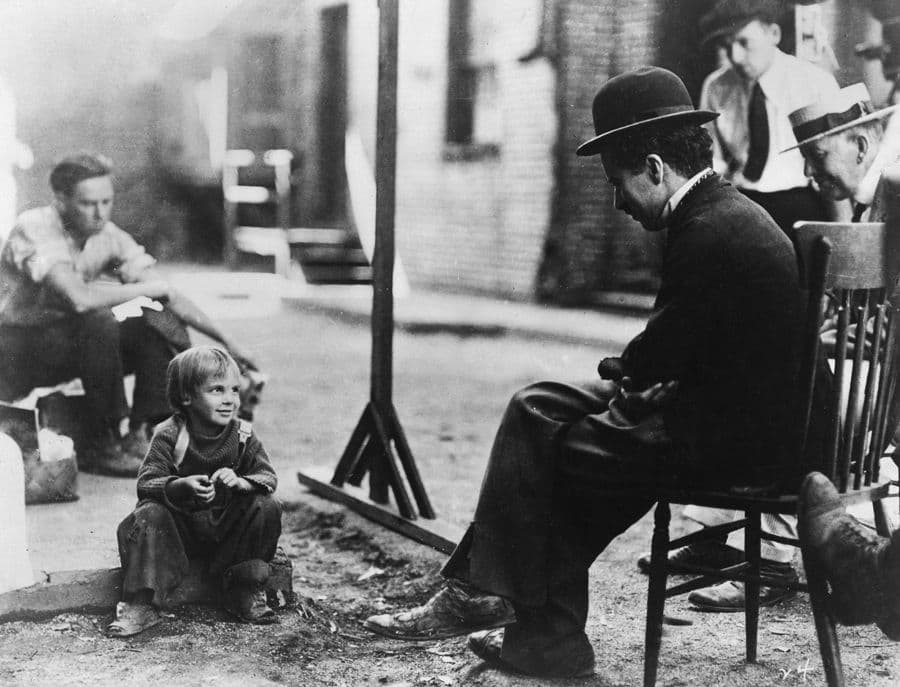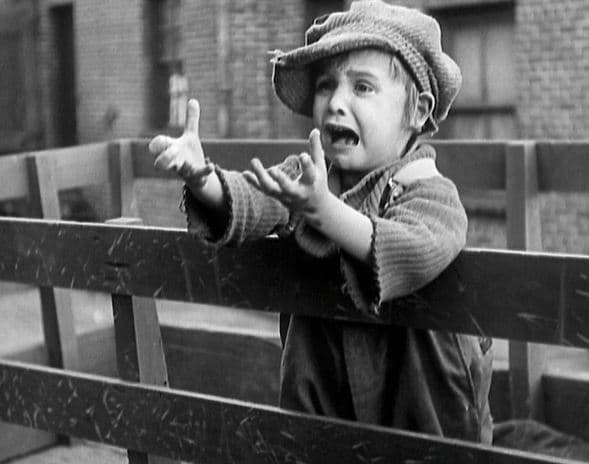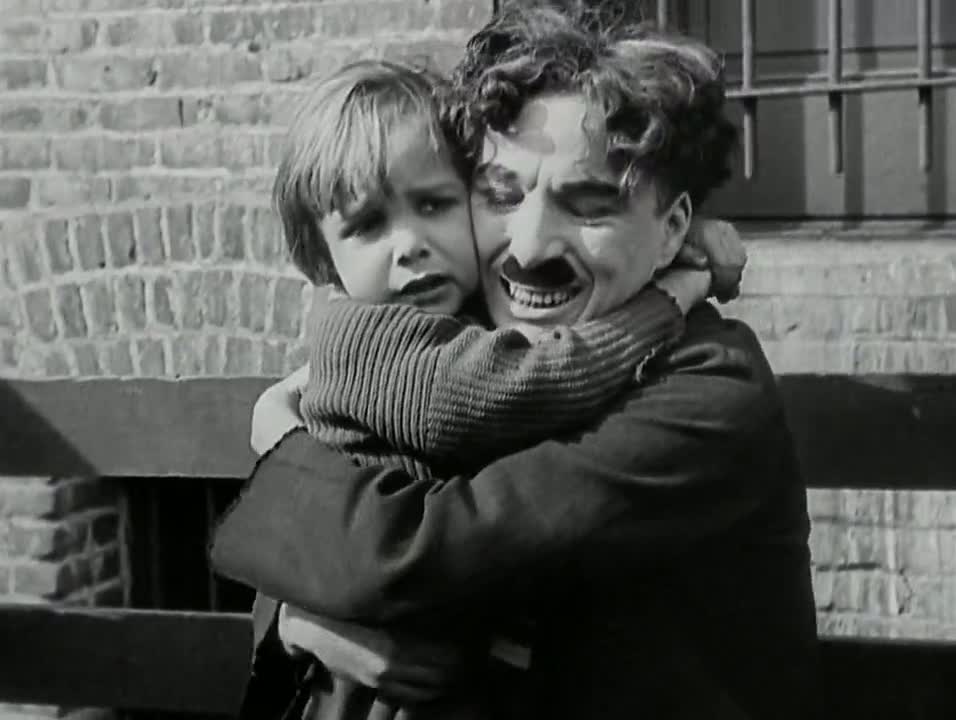
The Kid
1921
Rate this movie
Average: 5.00 / 5
(2 votes)
Director
"Six reels of joy," read the film's original poster, and indeed there is no more effective slogan than this to describe the elegiac joy of life infused into this work, making it a cornerstone of the Seventh Art. For those involved in cinema, reviewing works like this is not easy. Not so much to attempt to explain its intrinsic beauty, almost intangible in its purity, but rather to venture to circumscribe its tremendous innovative scope in a few words. The Kid represents an embodied example of how this innovation changed cinema forever, elevating it from a mere fairground attraction to a complete and profoundly human art form. The work originated in an America that, having emerged from the First World War, was undergoing a period of great social and economic transformations, an era of apparent "roaring" successes, but which concealed beneath the veil of splendor the harsh reality for a large segment of the population. The figure of Charlot, with his tenacious poverty and unyielding dignity, reflected the difficulties and hopes of many Americans of the time, offering them not only a mirror, but also catharsis and a glimmer of hope.
The film fits into the golden age of silent cinema, when the expressive possibilities of cinematic language were in continuous, feverish evolution. Chaplin, with his absolute mastery, exploited the medium's potential to the fullest, transcending the limits of words to create a universal language based on the expressiveness of the body and face. Every micromovement, every tic, every tilt of the hat, every gaze of the “Tramp” becomes part of a complex mimetic score, capable of communicating feelings and thoughts with disarming clarity. Charlot is much more than a mere tramp; he is an archetype, a universal symbol of the human condition, capable of eliciting empathy and laughter in every part of the world, transcending linguistic and cultural barriers. Chaplin makes him a complex and nuanced character, capable of transitioning from the most irresistible comedy to the most heartbreaking tenderness with a naturalness that still astounds today. He is a picaresque anti-hero, a Don Quixote of the metropolises, whose struggle for survival becomes an everyday epic. The film's narrative structure, though seemingly simple and linear, is at the same time rich in thematic and psychological nuances. While the relationship between Charlot and the child is undoubtedly at the center of the narrative, the film also offers a vivid portrayal of life in the slums, a subtle but incisive social critique of the institutions and hypocrisies of the time, and a poignant ode to "chosen family" against the impositions of fate.
Based on a story by Chaplin himself, directed by Chaplin, and starring Chaplin, The Kid is a manifesto of his authorial vision, an all-encompassing work that bears the indelible imprint of his multifaceted genius. The film centers on the figure of Charlot the tramp and his life of expedients, a constant, tragicomic struggle to survive metropolitan alienation and the harsh law of the street. His precarious existence will change radically when fate entrusts him with an infant, abandoned by his mother. That helpless little being, played by the prodigious Jackie Coogan, will become his adopted son, raised amidst countless difficulties but with a love that transcends all convention. Thus, a deep and unexpected bond is forged between the tramp and the child, who must together face life's challenges, from biting poverty to social injustices and the constant threat of separation, leading to a touching epilogue that seals the triumph of the purest affection.
Many scenes are seared into the collective imagination, true gems of physical comedy and human drama, revealing Chaplin's incredible comedic timing and directorial mastery. One above all: the child who, armed with a slingshot and enviable precision, breaks windowpanes to allow Charlot, acting as an improvised glazier, to replace them. As the little one leans from the wall to check the situation with a mix of innocence and complicity, a police officer, unaware of their well-orchestrated scam, looms menacingly behind him. It is a sublime example of a visual gag that is not only amusing but also defines their symbiotic relationship, their naive rebellion against a world that refuses to see them. The chemistry between Chaplin and the very young Coogan is palpable, an interaction so authentic as to make one forget the stage fiction, an empathy that transcends a mere acting relationship, and which unfortunately was marked, in Coogan's real life, by events related to the proceeds of his work that led to the drafting of the famous "Coogan Bill," a law protecting the earnings of minors in the entertainment industry.
The Kid is a seminal film, a watershed work where the teeming and often merciless life of the slums shapes a story that captivates and moves with elemental force. Chaplin's genius for seamlessly transitioning from the most hilarious comedic register to the deepest emotional one is the authentic cornerstone of the narrative. Chaplin is a master of comedy, but a comedy that is always imbued with melancholy and human truth. He authored the primitive concepts of a grammar of gesture from scratch, or rather, he elevated vaudeville and pantomime to a sublime and universal art form, creating an indispensable treasure for cinema today: his influence is evident in many modern comedians, from the explosive physicality of Jim Carrey to the mechanical precision of Rowan Atkinson, from the silent melancholy of Buster Keaton (his contemporary and rival) to the subtlety of contemporary comedies. His exaggerated gestures, emblematic facial expressions, and visual gags, often orchestrated like veritable ballets, have effectively become a universal language of comedy, recognizable in every corner of the globe. And this grace, this lightness of spirit, perhaps stemming from his own childhood marked by poverty and institutions, allows him to address terrible themes – abandonment, hunger, inhuman bureaucracy, loneliness – with a disenchanted approach, free from any heaviness or didacticism. Charlot's final dream, where the slums transform into an angelic utopia, is a magnificent example of how Chaplin manages to infuse hope and transcendence into the brutality of everyday life, transforming reality into ethereal allegory. Chaplin's profound gaze rests upon every scene, capable of grasping the most recondite essence of human emotions to return them as pure metaphors of values founded on authentic affections, on the soul's resilience, and on the intrinsic beauty of every soul that populates his stories, making The Kid an enduring hymn to human dignity and love, in all its unexpected forms.
Country
Gallery





Featured Videos
Official Trailer
Comments
Loading comments...